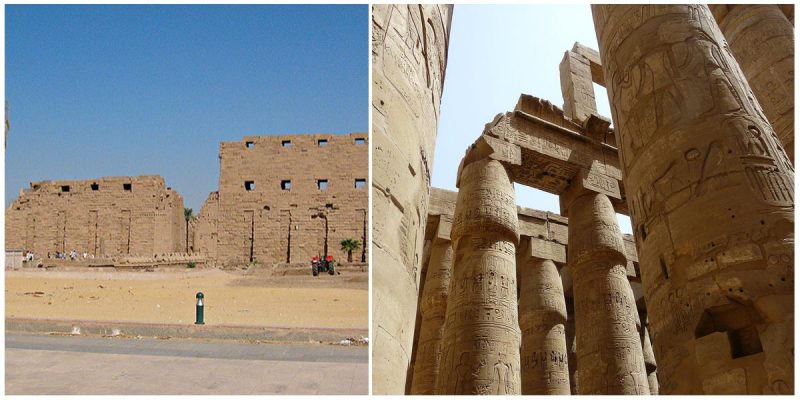The temple complex of Karnak, commonly shortened to ‘Karnak’, contains a vast mix of ruined temples, pylons, chapels, and other buildings.
The building of the complex began in the Middle Kingdom during the reign of Senusret I, and continued into the Ptolemaic period. However most of the extant buildings date from the New Kingdom.
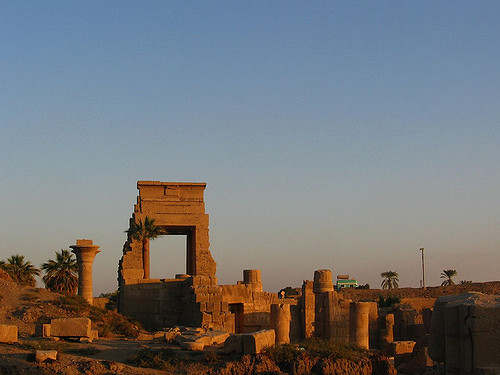
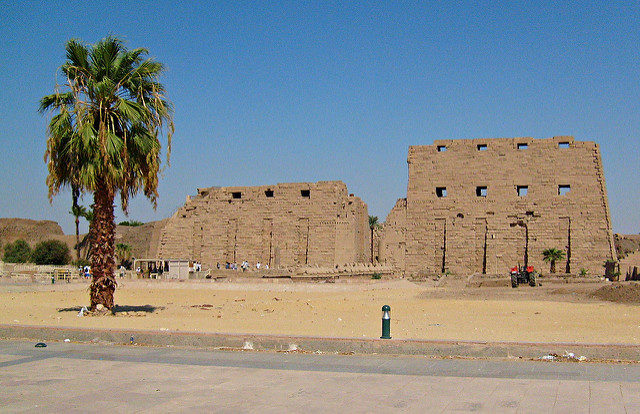
The ancient Egyptian lpet-isut, “The Most Selected of Places” was the area around Karnak which was dedicated to the god Amun, and the main place of worship of the eighteenth dynasty Theban Triad. The complex gives its name to the nearby modern village of El-Karnak which is part of the city of Thebes and according to Norman Lockyer, a high-precision ancient observatory.
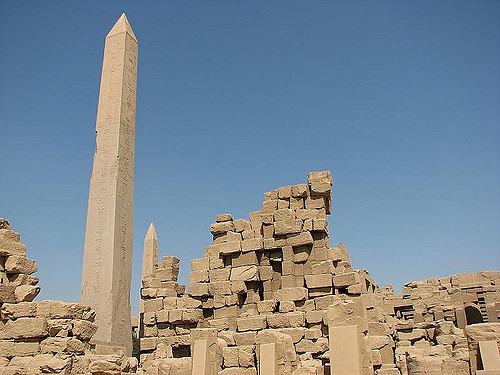
It is the second largest ancient religious site in the world, after Angkor Wat Temple in Cambodia, and the second most visited historical site in Egypt after the Giza Pyramids near Cairo.
The visitors often understood the complex as being the Precinct of Amun-Ra only, because this is the part which is most visited. There are three other parts which are closed to the public: the Precinct of Mut, the Precinct of Montu, and the Temple of Amenhotep IV.
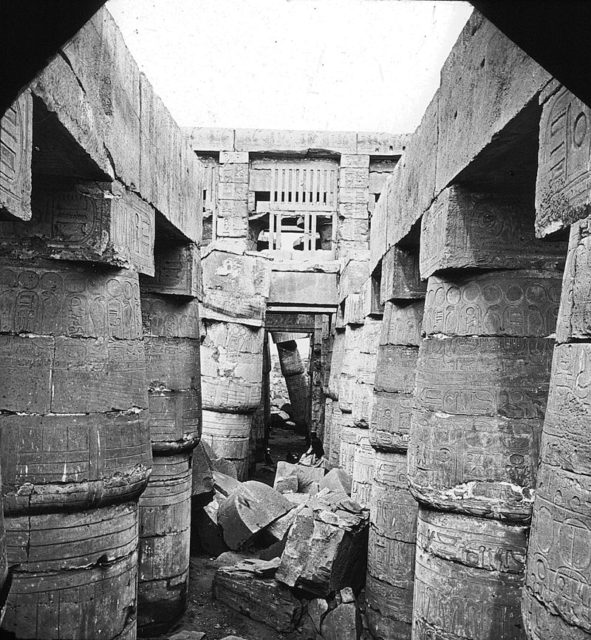
The Precinct of Mut was dedicated to an Earth and creation deity. The original temple was destroyed and partially restored by Hatshepsut. It is believed that many portions of the temple have been carried away for use in other buildings. The Precinct of Montu was dedicated to the son of Mut and Amun-Ra, Montu, the war god of the Theban Triad.
The township is a much smaller size and not open for the public. The temple of Amenhotep IV was constructed by Akhenaten and is located east of the main complex, outside the walls of the Amun-Ra precinct.

One of the most interesting parts of the complex is the Hypostyle Hall in the Precinct of Amun-Ra. It is a hall area of 50, 000 sq ft with 134 massive columns arranged in 16 rows. The architraves on top of these columns are estimated to weigh 70 tons.
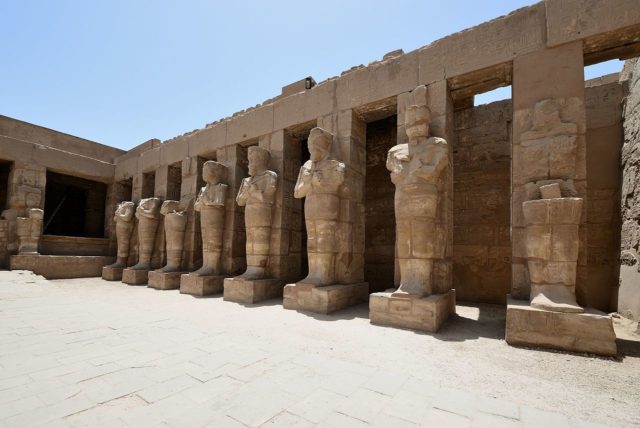
According to most archaeologists, these architraves may have been lifted to their heights using levers. These is also an alternative theory which concludes they were moved by constructing large ramps of sand, mud, brick or stone which were then towed up the ramps.
The complex was first described by an unknown Venetian in 1589. This account was the first known European mention, since ancient Greek and Roman writers. It describes a whole range of monuments in Upper Egypt and Nubia, including Karnak, Luxor Temple, Esna, Ombo, Philae, Colossi of Memnon, Edfu and others.
The Karnak Temple complex was later described by many others: Claude Sicard, Granger, Frederick Louis Norden, Richard Pococke, James Bruce, Charles-Nicolas-Sigisbert Sonnini de Manoncourt, William George Browne, vivant Denon, Claude-Etienne Savary and others.
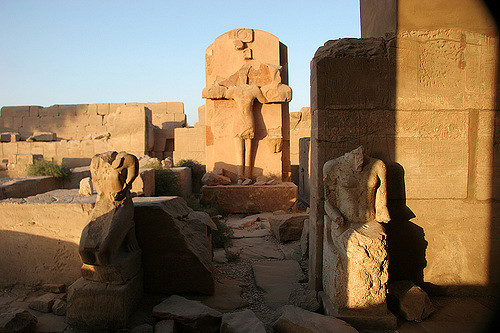
Because of their good work, in 2009 UCLA launched a website, dedicated to virtual reality digital reconstructions of the Karnak complex and other resources.
